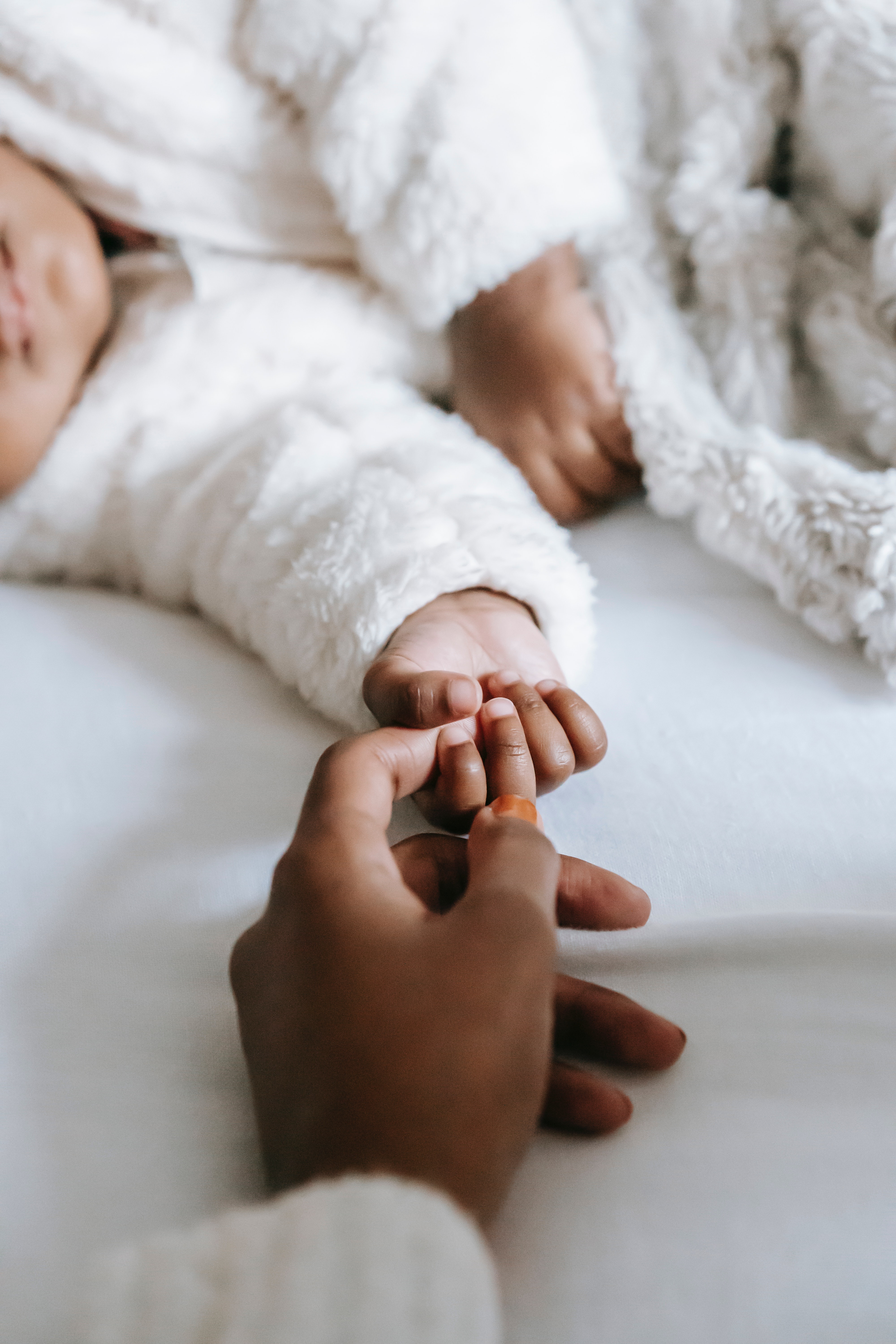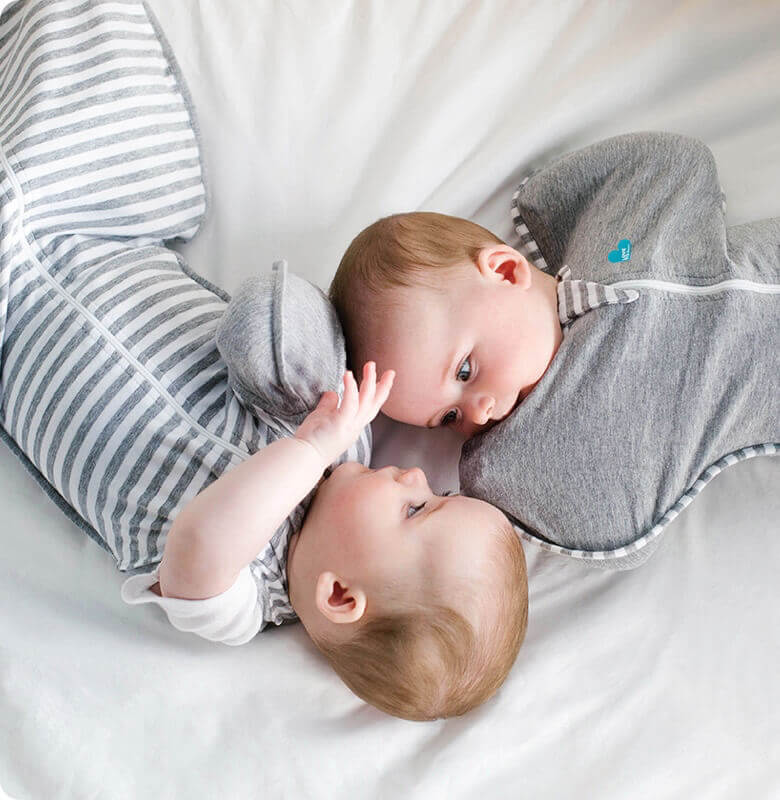Baby's Sleep Separation Anxiety
Parenthood is a remarkable journey filled with joy, milestones and a fair share of challenges. One of these challenges that many parents encounter is dealing with their baby's separation anxiety during sleep. As your little one transitions from constant to intermittent contact with you, anxiety becomes a crucial aspect of promoting healthy sleep patterns.
What is Baby Sleep Separation Anxiety?
Baby sleep separation anxiety is a normal developmental phase that typically emerges around 6 to 8 months of age. It revolves around the realization that they are separate from their primary caregivers, often causing them distress when they are left alone, particularly during bedtime.
Causes of Baby Sleep Separation Anxiety:
- Cognitive Development: At around 6 months, babies begin to comprehend object permanence – the understanding that things continue to exist even when they are out of sight. This realization can lead to anxiety when they can't see their caregivers.
- Attachment: Babies form strong emotional bonds with their caregivers. The fear of being away from these figures can result in anxiety during sleep times.
Signs of Baby Sleep Separation Anxiety:
- Resistance to Sleep: If your baby was previously comfortable falling asleep on their own but now cries inconsolably at bedtime, it might be a sign of separation anxiety.
- Night Waking: Babies experiencing separation anxiety might wake up more frequently during the night, seeking comfort and reassurance from caregivers.
- Naptime Challenges: Similar to bedtime, naptime may become more challenging as separation anxiety intensifies.
Managing Baby Sleep Separation Anxiety:
- Establish a Consistent Routine: A predictable routine provides a sense of security for babies. Consistency helps them anticipate what comes next, reducing anxiety.
- Gradual Separation: Introduce brief periods of separation during the day to help your baby become accustomed to being without you. Start with a few minutes and gradually increase the duration.
- Transitional Objects: Comfort items like a soft toy or blanket can provide reassurance to your baby when you're not around.
- Positive Sleep Associations: Associate sleep with positive experiences. Reading a soothing story or playing gentle music before bedtime can help create positive associations with sleep.
- Responsive Comforting: When your baby wakes during the night, respond promptly but avoid creating new sleep associations that may lead to dependency.
- Create a Soothing Sleep Environment: A cozy and comfortable sleep environment with dim lighting and calming colors can promote a sense of security.
Remember that this phase is temporary and a natural part of your baby's development. While it can be challenging for both you and your little one, responding with patience, empathy, and consistency can help ease the transition and ensure healthy sleep habits are maintained.
In conclusion, baby sleep separation anxiety is a normal developmental milestone that reflects your baby's growing awareness of their surroundings. By understanding the causes, recognizing the signs, and implementing appropriate strategies, you can navigate this phase while promoting your baby's emotional well-being and healthy sleep patterns.



















